How to Use Webinars as a Sales Tool
Webinars have become a powerful tool for sales professionals, offering a unique platform to connect with prospects, demonstrate value, and build trust—all in real time. Whether you’re generating leads, nurturing prospects, or closing deals, webinars provide an interactive and scalable way to engage your audience and move them closer to a purchase decision.
At Braintrust, we’ve seen firsthand how businesses can use webinars to drive results. Here’s a guide to effectively leveraging webinars as a sales tool.
Webinars combine the reach of digital marketing with the personal connection of face-to-face interactions. They allow you to showcase your expertise, address pain points, and offer tailored solutions in a format that encourages engagement.
A well-executed webinar builds credibility, nurtures Relationships, and provides a platform to directly address the specific challenges and goals of your target audience. For sales teams, webinars can serve as a lead generation tool, a mechanism to move prospects through the sales funnel, or even a method for closing deals with groups of decision-makers.
A successful sales webinar starts with careful planning. Begin by defining your goals. Are you looking to generate new leads, educate prospects, or close deals? Your goals will determine your audience, content, and call to action.
Know Your Audience
Understanding your audience is critical. Tailor your webinar to address their specific needs, challenges, and goals. Use buyer personas to guide your content and ensure it resonates with your target market.
Choose a Relevant Topic
Select a topic that aligns with your audience’s interests and demonstrates the value of your product or service. For example, if your product streamlines project management, a webinar on “5 Ways to Improve Team Productivity” would naturally showcase your solution’s benefits.
Craft a Clear Agenda
Outline your webinar to ensure it flows logically and keeps your audience engaged. A typical structure might include:
Promotion is essential for attracting the right audience. Use multiple channels to maximize visibility:
Start promoting your webinar at least two to three weeks in advance, and send reminders as the date approaches to keep it top of mind.
A successful webinar keeps attendees engaged from start to finish. Use these strategies to capture and maintain their attention:
Make It Interactive
Encourage participation through polls, live chat, or Q&A sessions. Interactive elements make the experience more engaging and provide valuable insights into your audience’s interests and concerns.
Use Visuals and Stories
Incorporate slides, videos, and infographics to break up the presentation and emphasize key points. Stories and real-world examples make your content relatable and memorable.
Be Authentic
Speak conversationally and address your audience directly. Avoid overloading them with jargon or excessive details—focus on how your solution provides value in a way they can easily understand.
Highlight Key Benefits
Throughout the webinar, emphasize how your product or service solves problems or meets specific needs. Use concrete examples, data, and testimonials to build credibility.
What happens after the webinar is just as important as the event itself. Follow-up ensures that the momentum you’ve built leads to meaningful outcomes.
Send a Thank-You Email
Immediately after the webinar, thank attendees for participating and provide a summary of key takeaways. Include a recording of the webinar and any additional resources you promised.
Qualify and Segment Leads
Use the insights gathered during the webinar—such as poll responses, questions asked, and engagement levels—to qualify leads. Segment your audience based on their level of interest or readiness to buy, and tailor your follow-up accordingly.
Schedule Personal Follow-Ups
For highly engaged attendees, follow up with personalized outreach to address specific questions or schedule a consultation. Mention details from the webinar to show that you were paying attention and are invested in their success.
Leverage Non-Attendee Opportunities
Send the webinar recording to those who registered but couldn’t attend. This keeps them engaged and gives you another chance to connect.
To evaluate the effectiveness of your webinar, track key metrics such as:
Analyze these metrics to refine your approach for future webinars and maximize their impact.
At Braintrust, we specialize in helping sales teams leverage tools like webinars to connect with prospects, build trust, and drive conversions. Our NeuroSelling® methodology integrates neuroscience-backed strategies to create compelling, engaging webinars that resonate with audiences and deliver results.
Ready to take your sales webinars to the next level? Visit braintrustgrowth.com to learn how we can help you design webinars that captivate and convert.
Webinars are more than just a presentation—they’re a dynamic sales tool that allows you to demonstrate value, build relationships, and move prospects through the sales funnel. With the right strategy, content, and follow-up, webinars can be a cornerstone of your sales success. Let Braintrust guide you in creating impactful webinars that deliver measurable results.
The post How to Use Webinars as a Sales Tool appeared first on Braintrust Growth.
I come from a large Italian family. I’m number seven in the line of ten kids!
When my dad passed away some years ago, I was fortunate enough to be there as the end was coming. I was standing just to the right of his hospital bed; he was lying there with his eyes closed. All of a sudden, Dad opens his eyes. He looks up at the ceiling with a look of peace – and maybe accomplishment – on his face. Then he closes his eyes for the last time. I guess out of instinct, I reached down and kissed him on that prickly cheek one last time. My dad left a legacy in that life well lived! A legacy based on three main principles: Family, Service, and Dedication. I do what I do to carry on that legacy to the best of my ability.
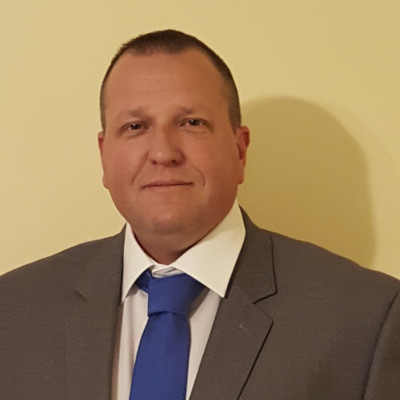


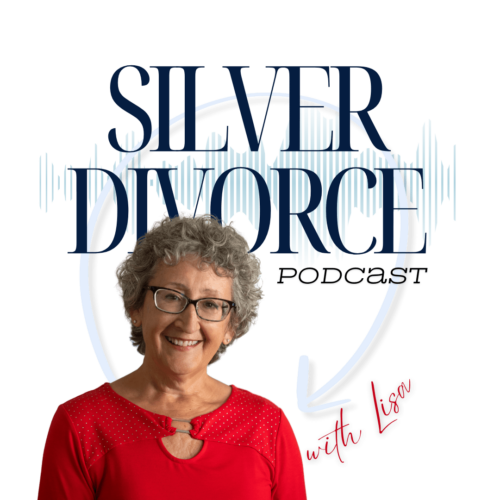


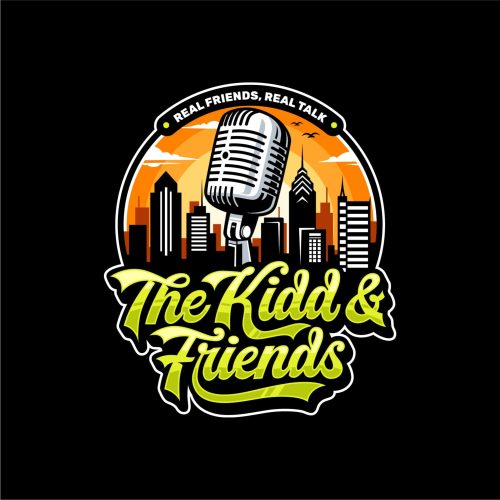


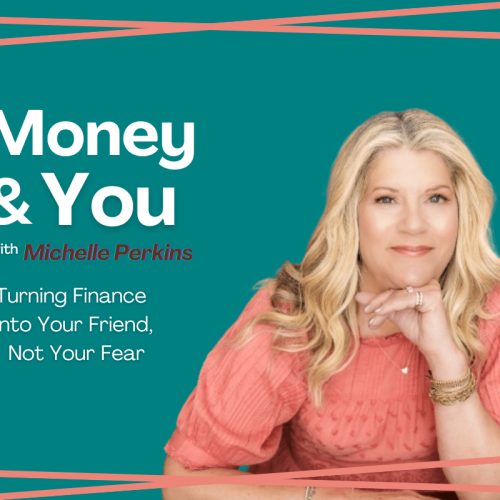

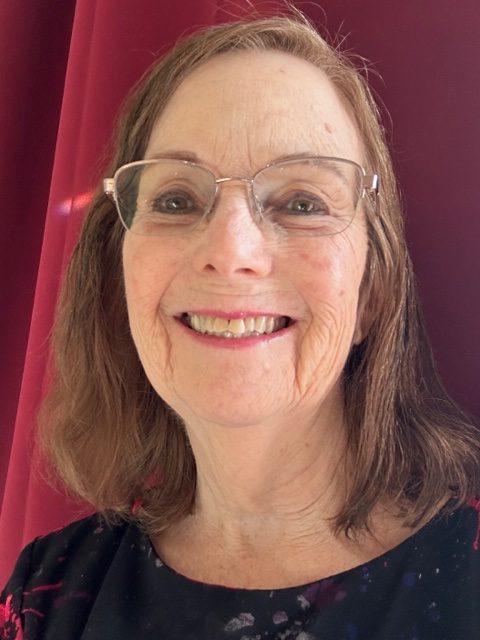



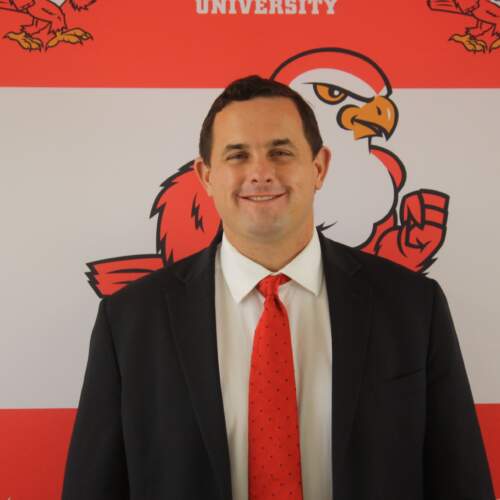






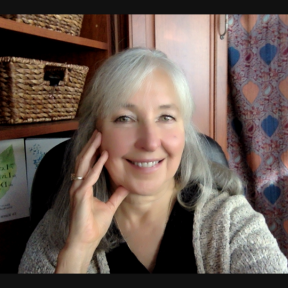

























BabyBoomer.org is an online membership community created by and for the Baby Boomer Generation. Boomers, and those who service and support them, are welcome to join our community accessing all general topics.
Notifications
